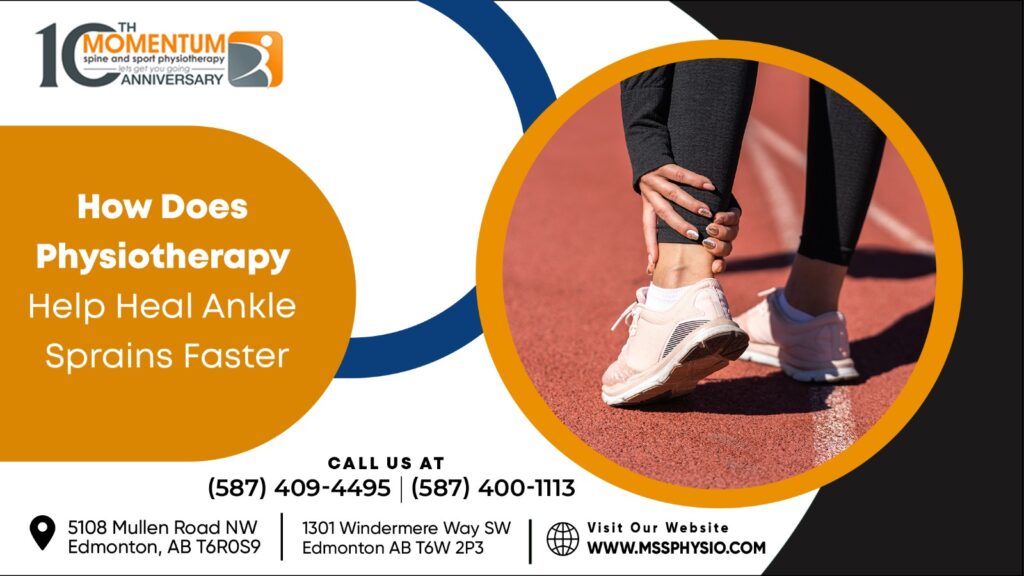Converting scanned PDFs to editable Word documents is frustrating when formatting gets distorted. Tables break, fonts change, and layouts shift. With the right approach, you can transform scanned contracts, reports, or forms into perfectly formatted Word files. Here’s how.
Why Scanned PDFs Break Formatting
Scanned PDFs are essentially images. Standard converters treat them like pictures rather than documents. This causes:
● Text fragmentation: Letters become disconnected symbols
● Layout collapse: Columns merge into one block
● Table destruction: Gridlines disappear, data scrambles
● Font replacement: Original typefaces get substituted
Step-by-Step Conversion Process
Method 1: Using Dedicated OCR Tools (Best Results)
- Go to WPS PDF to Word Converter
Visit Pdf to Word - Upload scanned PDF:
○ Drag file into browser window
○ Supports multi-page documents
- Enable Advanced OCR:
○ Toggle “Enhanced OCR” option
○ Select document type: “Scanned Document”
- Download Word file:
○ Preserves tables, fonts, and page layout
○ Retains headers/footers
Method 2: Microsoft Word (Built-in OCR)
- Open Word > File > Open
- Select scanned PDF
- Wait for conversion notice:
“Word will convert your PDF to an editable document…” - Fix formatting manually:
○ Rebuild tables via Insert > Table
○ Adjust columns with Layout > Columns
Format Preservation Checklist
Before converting:
☑️ Clean glass on scanner
☑️ Set minimum 300 DPI resolution
☑️ Save as searchable PDF if possible
After converting:
☑️ Verify font consistency (Home > Font)
☑️ Check table alignment (Table Design > Borders)
☑️ Test hyperlinks (Ctrl + Click)
5 Formatting Fixes for Common Issues
| Problem | Solution |
| Text runs together | Adjust paragraph spacing (Line spacing: 1.15) |
| Tables missing lines | Reapply borders (Table Design > Borders > All) |
| Wrong font recognition | Select text > Home > Font > Correct typeface |
| Page breaks missing | Insert manual breaks (Ctrl + Enter) |
| Images misplaced | Right-click > Wrap Text > In Line with Text |
When to Use Professional Tools
Built-in converters work for simple documents. For complex files:
● Legal contracts: Use Pdf to Word to preserve paragraph numbering
● Financial reports: Advanced OCR maintains table formulas
● Multi-column layouts: Tools like WPS keep newspaper-style formatting
Free vs Paid OCR Comparison
| Feature | Free Converters | Dedicated Tools |
| Format accuracy | Low (60-70%) | High (95%+) |
| Table preservation | Rarely | Always |
| Font recognition | Basic system fonts | Original typefaces |
| Batch processing | ❌ | ✅ (WPS Premium) |
| Security | Cloud upload required | Local processing option |
FAQs: Scanned PDF Conversion
Q1: Why does my scanned PDF convert to gibberish?
Low-quality scans cause OCR errors. Rescan at 300+ DPI with good contrast.
Q2: Can I convert handwritten notes to Word?
Yes. Use tools with advanced OCR like WPS (supports print and cursive).
Q3: How to convert PDF to Word without losing headers?
Enable “Detect headers/footers” in advanced OCR settings before converting.
Q4: Is there a page limit for free converters?
Most free tools limit to 10-50 pages. The WPS free version handles 100+ pages.
Q5: Why do my tables split across pages?
During conversion, select the “Keep tables intact” option. Manually adjust via Page Layout > Breaks.
Q6: Can I convert scanned PDF to Word on mobile?
Yes. Use WPS Office app > Tools > PDF to Word > Enable “Scanned Document” mode.
Q7: How to preserve signatures in converted documents?
Convert using the “Retain images” option. Signatures remain as non-editable pictures.
Q8: What’s the fastest method for 100+ page documents?
Desktop tools like WPS Office process 100 pages in under 2 minutes offline.
Q9: Why do bullet points become question marks?
Font encoding mismatch. After conversion, select text and apply Symbol font.
Q10: Can I convert password-protected scans?
Remove password first via PDF unlocker tools, then convert.
Final Recommendation
For perfect scanned PDF-to-Word conversion:
- Use specialized tools: Prioritize OCR accuracy over convenience
- Pre-scan carefully: Higher DPI = better recognition
- Verify critical elements: Check tables, fonts, and page breaks




